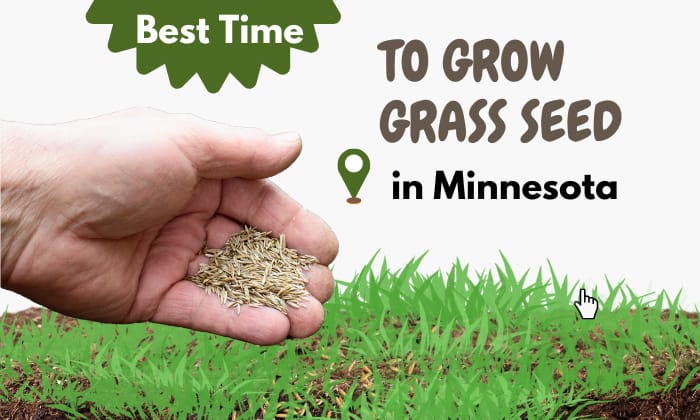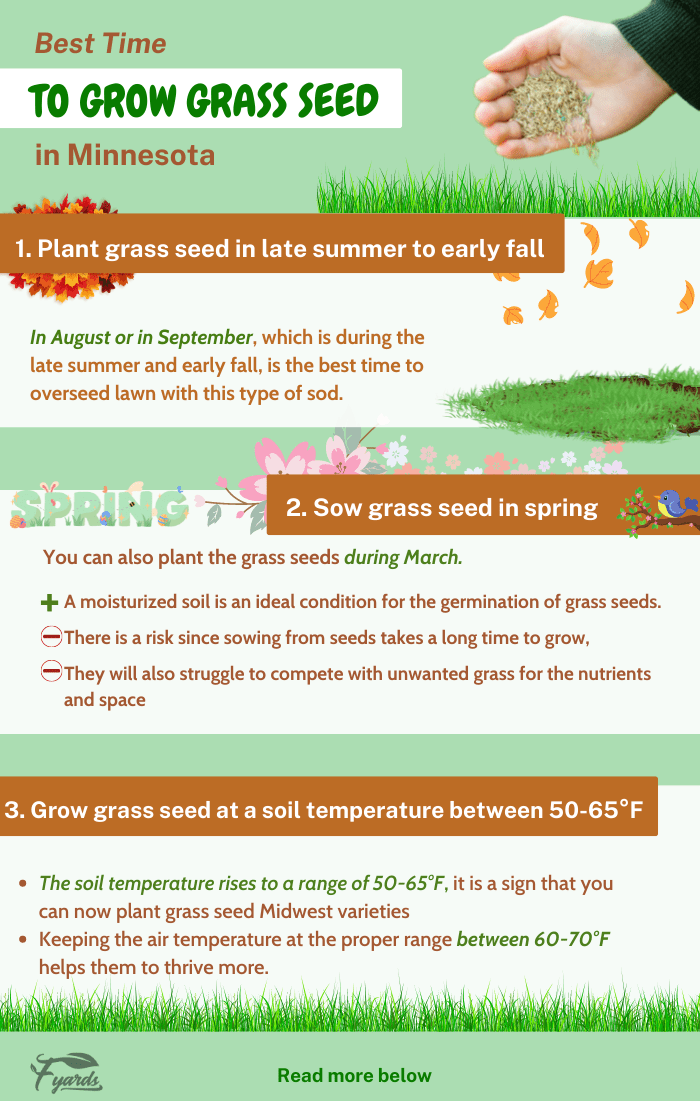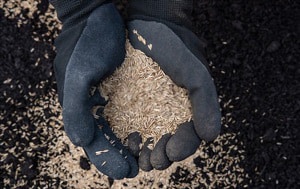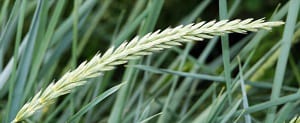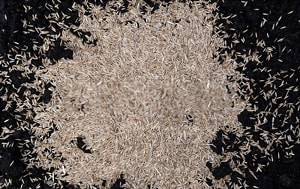Lawn seeding in Minnesota is about selecting the perfect planting period to achieve a yearlong lush lawn. With the state ranking as the third coldest region in America, gardeners may find it hard to grow good-rooted grass, especially when frigid winter approaches.
Thus, it’s essential to understand when to plant grass seed in Minnesota to develop a well-established sod that can withstand the state’s chilly winters and scorching summers.
Therefore, seeding your soil in late summer to early fall, or in spring, and when the soil temperature is 50-65°F, is ideal to ensure proper growth to survive extreme temperatures.
Table of Contents
Best Time to Grow Grass Seed in Minnesota
1. Plant grass seed in late summer to early fall
The best grass for Minnesota is cold-season turf since it is adaptable to low temperatures, which means it can withstand the state’s typical frigid environment.
In August or in September, which is during the late summer and early fall, is the best time to overseed lawn with this type of sod.
That is because the temperature has cooled off during this time, making them suitable for sowing.
That is because the temperature has cooled off during this time, making them suitable for sowing.
When you plant them during this season’s transition, the weather is nice enough so that the sweltering summer heat cannot stunt their growth, and they can bloom into a thick lawn because of their long growing season from fall to spring.
More so, they don’t have to compete with your primary grass for the nutrients and sunlight necessary for their growth because most plants become dormant once fall enters.
2. Sow grass seed in spring
If you cannot catch the early fall season, you can also plant the grass seeds during March.
A moisturized soil is an ideal condition for the germination of grass seeds. The pleasant thing about planting in spring is that frequent rain is present during this period.
For this reason, it makes the ground damped, making it suitable to plant grass in Minnesota in springtime as an alternative for fall planting.
However, there is a risk since sowing from seeds takes a long time to grow, the high temperature in summer may interrupt their growth. Poor growth will then affect their sturdiness to survive the heat.
Not only that, but they will also struggle to compete with unwanted grass for the nutrients and space they need because weeds sprout around the same time as them.
Therefore, make sure you use suitable products available to remove them effectively.
3. Grow grass seed at a soil temperature between 50-65°F.
Once the soil temperature rises to a range of 50-65°F, it is a sign that you can now plant grass seed Midwest varieties because this cool-season turf only grows best in warm ground.
Aside from that, keeping the air temperature at the proper range between 60-70°F helps them to thrive more.
For this reason, it is necessary to wait until the temperatures become favorable in spring or fall before you plant them because sowing tender seeds in too cold soil may dry and kill them off.
Tips for Planting Grass Seed
1. Plant when the weather is favorable
Although spring and fall are suitable for planting your grass seeds, you should still expect that these seasons can still carry heavy rain and strong winds that could blow them off.
That’s why it is essential to check the weather forecast throughout your planting schedule to prevent them from being damaged by harsh conditions.
2. Fix the lawn patches to utilize the soil for seeding
It is typical that lawns may have patches. If you also do, disturb the soil by raking it and filling additional soil to the ground to make it workable for growing your seeds.
3. Plant your grass at the proper pH level
Cool-season grass thrives well in a slightly acidic to alkaline soil (6.0-7.2). You can amend the ground by applying limestone to increase its alkalinity or use compost for adding acidity.
4. Grow the grass type suitable for your region’s climate.
Since the sod available in Minnesota is the cool-season turf, choose Kentucky bluegrass, perennial ryegrass, and fine and tall fescues to grow because these types are best for the cold state. You can find this Menards grass seed in your local stores.
5. Cover the grass and frequently water them to keep moisture
One of the best uses of soil and mulch is for keeping the plants moist. Covering the grass with a small amount of earth dust and straw mulches can help trap moisture while mitigating the watering frequency.
Along with that, irrigating your grass with the proper amount of water not just helps keep moisture but will also help them establish healthy roots.
As a general rule, it is best to keep the outermost layer of the soil moist but not very much drenched with water.
6. Use a fertilizer ideal for your grass
Fertilize lawn in the fall with products that will provide nutrients to your seeds so they can flourish. As a substitute, you may also spread out kitchen waste on the ground because it aids in bringing nutrition.
FAQS
How early in the spring can you plant grass seed in Minnesota?
In Midwest states like Minnesota, you can plant cool-season grass seeds in March, because in April or as late as May might not give the grass enough time to grow before the heat of summer comes.
How long does it take for grass seeds to germinate in MN?
Cool-season grass usually takes 14 days to germinate. However, some factors like unfavorable weather and poor soil can prolong their sprouting period.
To encourage ideal germination, follow the tips mentioned above about optimal watering practice and planting in the proper soil and weather because they affect how fast seeds grow.
Why should you overseed your lawn?
Overseeding your lawn not only generates new lush grass but can also develop your turf to become healthier. As a result, it can help prevent forming bare spots and fight off summer temperatures and pests.
Conclusion
Now that you know when to plant grass seed in Minnesota, you only need to think wisely about whether you will plant them in spring or fall.
Although both seasons have mild soil conditions suitable for growing your seeds, spring planting might risk your grass from the high heat of summer and sprouting weeds. That’s why autumn is the most convenient seeding time.
But whichever you choose, ensure to plant them in favorable weather and water your seeds, often for best growth. Follow the planting tips above, and you will soon establish splendid greeneries!
Also, Each state has different weather conditions, therefore you can check out some of our articles to learn more about the best time to plant grass seed in:

Hi, I am William – Floridayards’ digital content creator. My job is to find answers to all your concerns with thorough research and our team’s expert advice. I will also bring you honest reviews on the best products and equipment for raising your beautiful garden. Please look forward to our work!


